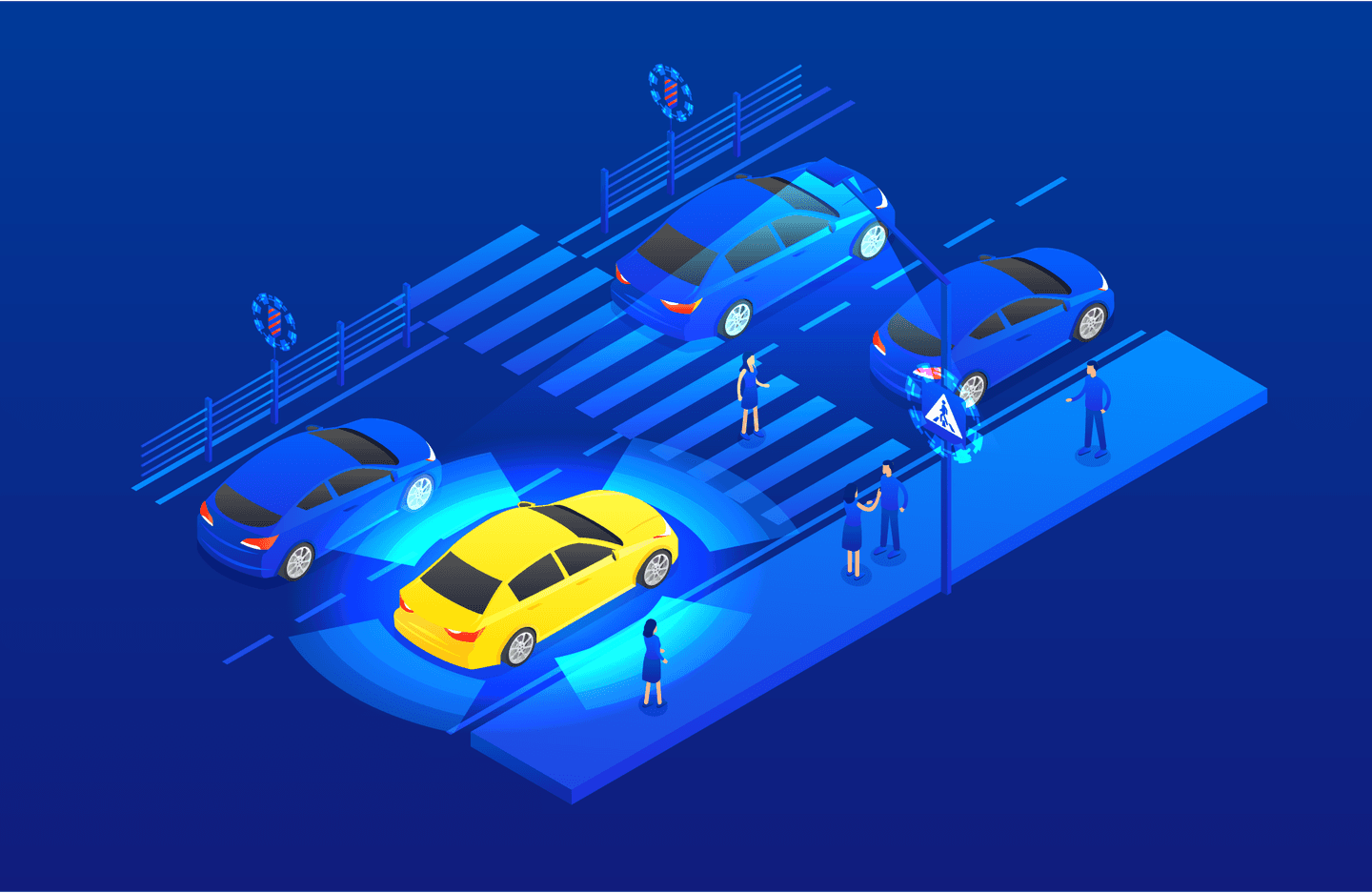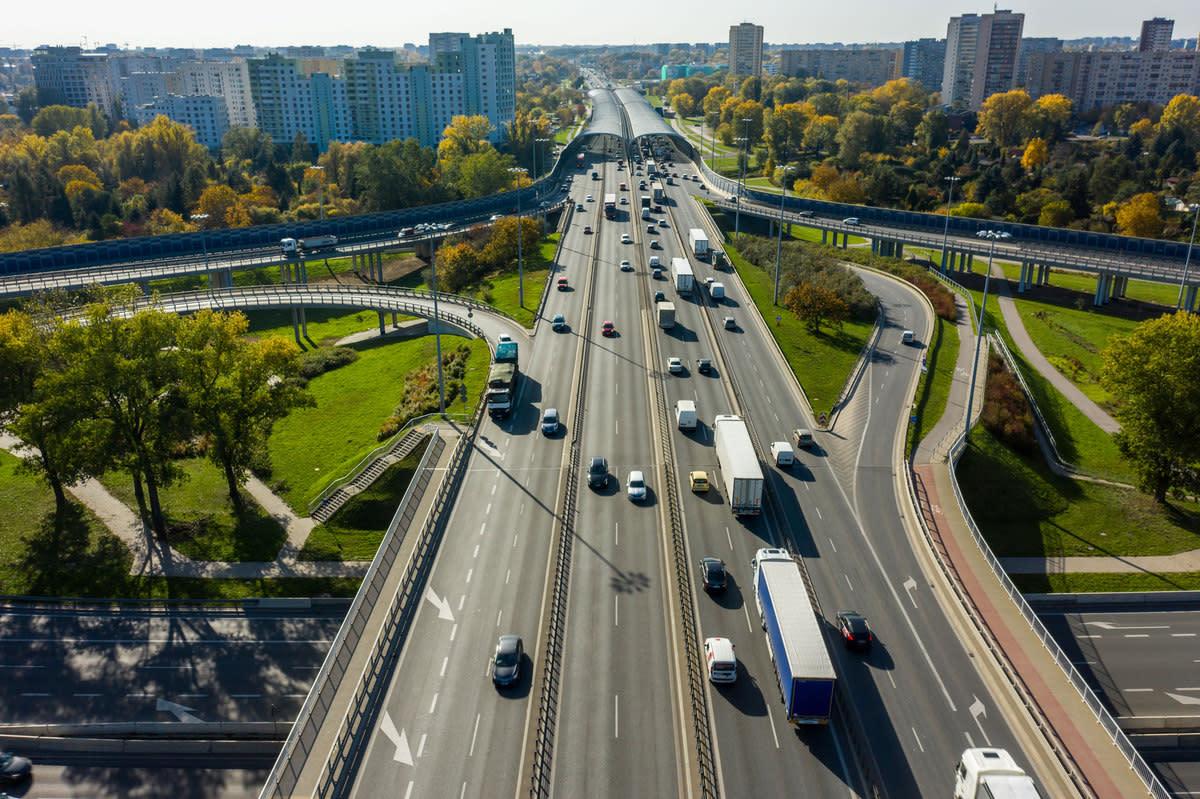Why You Probably Don't Want to Own a Car in 10 Years
Throughout history humans have been constantly seeking more efficient and convenient ways of moving from place A to place B, leading to new forms of transport such as horses, bicycles, trains and cars. The invention of the car was a huge step forward for mobility, and so far cars have only become more popular. For many, nothing can match the flexibility, convenience and privacy of owning a car.

Self-driving Cars Open New Possibilities
Today, those who want to avoid the hassle of owning a car can look for alternatives such as Uber, Lyft, taxi, public transport or shared car ownership. While these solutions lift some of the burdens mentioned before, they are still too expensive or inflexible to fully replace individual car ownership.
Fortunately, our mobility options will expand soon as we are on the verge of the next revolution in human transportation: autonomous cars will conquer streets and change our society in profound ways. Optimistic estimates state that we are less than 5 years away from fully autonomous vehicles, while more conservative estimates hover around 10 to 15 years.
The arrival of autonomous cars suddenly makes transportation services more affordable because the service providers can eliminate their biggest cost – the human driver. Furthermore, several other benefits of autonomous cars, such as higher utilisation rate, longer lifespan and decreased maintenance needs help to push the costs even lower. Thanks to the cost savings, the next generation of mobility services will be more accessible than ever.
The Next Generation of Mobility Services
The low costs of next-generation ride-hailing attracts new customers, which allows service providers to operate bigger fleets of cars. Bigger fleets, in turn, make the mobility services more flexible, which again attracts a new wave of customers, creating a positive feedback loop. As the mobility services become more popular, they will provide flexibility never seen before: cars will pick us up in seconds instead of minutes.
The cost savings and the great user experience of the new mobility services create a very attractive alternative for car ownership. In fact, so attractive that car ownership starts to shrink, eventually disappearing almost completely. People will be delighted to not have to worry about maintenance, insurance, parking, drinking alcohol or obeying traffic regulations. What is even better, the driver’s time will be freed up for more productive activities.
People will first abandon their cars in big cities and the change will spread gradually to less populated areas, although, in the most rural places, new transportation services might not fully replace car ownership. Certainly there will be people who still want to own a car for the love of driving or for the sake of self-expression. But keeping a car will be a costly luxury like owning a horse today. What is possible, though, is that those who own an autonomous car can rent it for fleet operators to earn extra money while they don’t use the car themselves. Sharing a car for others can greatly reduce the cost of ownership.
Mobility Services Will Hopefully Improve Our Cities
In addition to making our lives easier, mobility services have the potential to improve our cities in several ways. The possible benefits come from the fact that shared cars have much higher utilisation than private cars, which are parked 95% of the time. Therefore, we need a lot fewer shared cars to move us around, freeing space for pedestrians, cyclists and green spaces. However, it’s not enough to just reduce the number of cars to make our cities better – we also need to reduce traffic. Unfortunately, it’s not clear if ride-hailing can accomplish this; in fact, [a report] by Shaller Consulting(http://www.schallerconsult.com/rideservices/automobility.pdf) shows that Uber and Lyft are currently doing exactly the opposite: a single ride with Uber or Lyft causes approximately 160% more traffic than the trip they replace.
One reason for the increased traffic is that the Uber and Lyft drivers travel without passengers to pick-up people from different locations and that most of the trips involve just one passenger. Another reason is that ride-hailing seems to lure public transport users and people who travel by foot or bike more than it convinces drivers to abandon their private cars. Replacing metros, buses and trains with small cars certainly doesn’t make transportation more effective or ecologically sustainable.
To keep traffic under control, cities have to improve their public transport system and make it more attractive. They can, for example, offer public transport for free (paid by tax money) and follow the example of London, Stockholm and Singapore in introducing peak-hour fees for private cars. Many cities also have room for improving the last-kilometre mobility with pedestrian and bicycle-friendly urban planning, and by providing options for lighter mobility, such as city bikes and electric scooters.
Although the effects of ride-hailing seem negative in the near future, we will likely see a healthy balance of mass transportation, ride-hailing, and lighter last-kilometre mobility in the long term after autonomous vehicles have fully replaced traditional cars. It’s clear that ride-hailing won’t be a replacement for public transport but rather an extension of it.
From Active Driving To Passive Travel
As new mobility services free us from the driving duties, the big question will be how we are going to spend the extra time while on board. Presumably, we would spend it the same way that we currently do on public transportation: we use our smartphones and laptops, listen to music, read books, chat with friends or even take naps. However, the beauty of the new ride-hailing services is that they offer much more privacy than sitting in a bus with 30 other passengers or riding a taxi with a human driver. The privacy allow us to enjoy new kind of options, for example, the new autonomous cars could have a hi-fi entertainment system for watching movies or playing music, or they could offer work facilities such as high speed internet and teleconference equipment, or even a comfortable seat for napping.
The possibilities for additional services cars could offer are vast, but the services have to provide something truly useful and unique for travellers, something which isn’t possible with existing smart watches, laptops and phones. Travellers don’t just want to use new fancy solutions built by car manufacturers for tasks which are possible to accomplish with existing smart devices. Nonetheless, there will likely be special use cases which warrant new digital services built by automakers.
Who Will Control The Future of Mobility?
The decrease in private car ownership poses a serious challenge for traditional car manufacturers. They are in danger of losing the close customer relationships they have to service-based mobility providers because in the world of service-based mobility the majority of people will have their primary relationship with a ride-hailing service instead of a car manufacturer. Therefore, car manufacturing becomes commodified and automakers’ brand values dissolve, just like what happened to internet infrastructure companies. That commodification is a tough nut to crack for car manufacturers, who have been enjoying strong brand appreciation and close relationships with their customers for a long time.
Car manufacturers have to face this new reality and decide if they want to expand to the service business or, alternatively, stay as manufacturing companies and risk losing their direct customer contact and a large chunk of profits. Choosing the first option requires car manufacturers to take a truly customer-centric point of view – to think what could fulfil their customers’ needs and ease their pains in their everyday mobility. Following this path can lead automakers far away from their comfort zones, e.g. developing car operating systems, building their own ride-hailing services (as some of them already do), forming partnerships or designing new types of vehicles.
In the end, when cars aren’t a form of self-expression anymore, customers care little about who builds them – what they care most, and have always been caring about is how to get from point A to point B as smoothly, quickly and cheaply as possible. The winners of future mobility will be those who will offer the best solutions for this seemingly simple but in reality very complex problem.
- Tuukka KantolaSenior Designer



